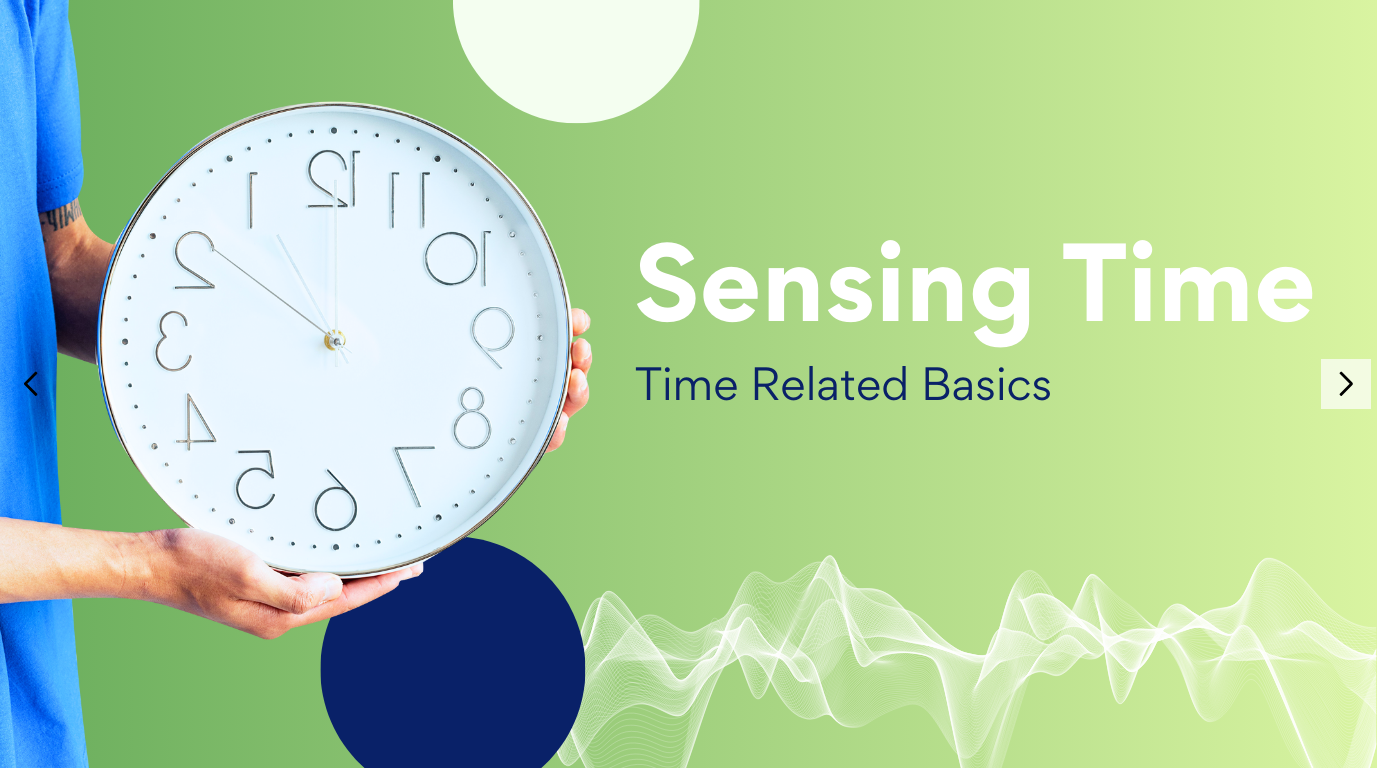In our recent time blindness quiz, the results were eye-opening. With an average score of 16.5 out of 18 points, it is clear that many of us are grappling with high levels of time blindness. So why not dive deeper into what exactly time blindness is and how can we deal with it?
Time blindness refers to a difficulty in accurately perceiving the passage of time. For many of us with ADHD and other neurodivergent traits, this concept resonates deeply. Unlike some neurotypical individuals who seem to possess an innate "sense" of time, we often find ourselves adrift in the ever-flowing river of time, struggling to keep pace with its currents.
The good news is, we possess a diverse array of senses that can serve as beacons in the fog of time blindness. Let's explore how we can harness these senses to cultivate a greater awareness of time in our lives.
VISION
Visual cues are powerful tools in our arsenal. Analog clocks, with their clear markings of hours and minutes, offer a tangible representation of the passage of time. Visual timers and schedules provide a visual roadmap, helping us navigate our day with greater clarity and purpose. By surrounding ourselves with these visual reminders, we can anchor ourselves in the present moment and stay on course.
HEARING
Our auditory sense is not to be overlooked. Reminders, whether in the form of alarms or gentle chimes, can serve as auditory guideposts, nudging us back on track when our focus wavers. Music, with its rhythm and tempo, can also serve as a subtle measure of time. We can also gauge the duration of activities based on the number of songs or the end of a playlist.
TOUCH
Let's not forget the tactile dimension. Vibrating alarms, such as those on smart watches or phones, provide a tactile jolt that can snap us out of a time warp and back into reality. By incorporating these tactile cues into our daily routines, we can create a sensory safety net that gently nudges us toward greater time awareness.
It is important to recognize that improving time blindness is not a one-size-fits-all endeavor. What works for one person may not work for another, and that's okay. The key is to experiment, to find the combination of sensory cues that resonate most deeply with our individual needs and preferences.
So let's embrace our neurodivergent difference and harness the power of our senses to deal with time blindness, one sensory cue at a time.
Which sense supports your time awareness best?
